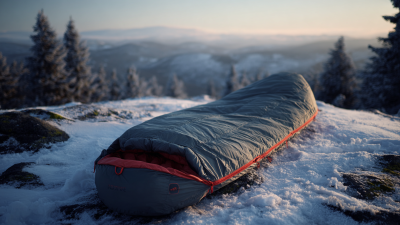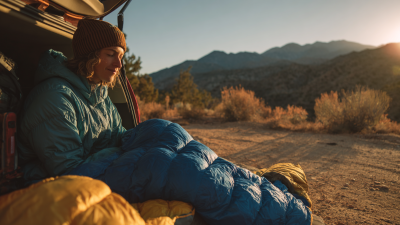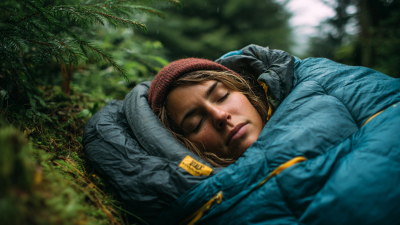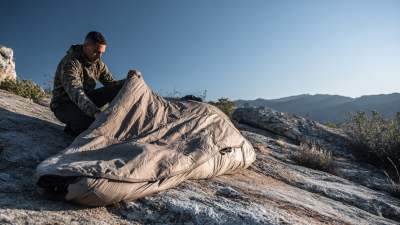Leave Your Message
-
E-mail
-
Whatsapp
When embarking on outdoor adventures, one of the most crucial elements for ensuring a good night's sleep is choosing the right sleeping gear. According to the Outdoor Industry Association, nearly 40 million Americans participate in camping each year, highlighting the growing demand for quality equipment, including good sleeping bags.
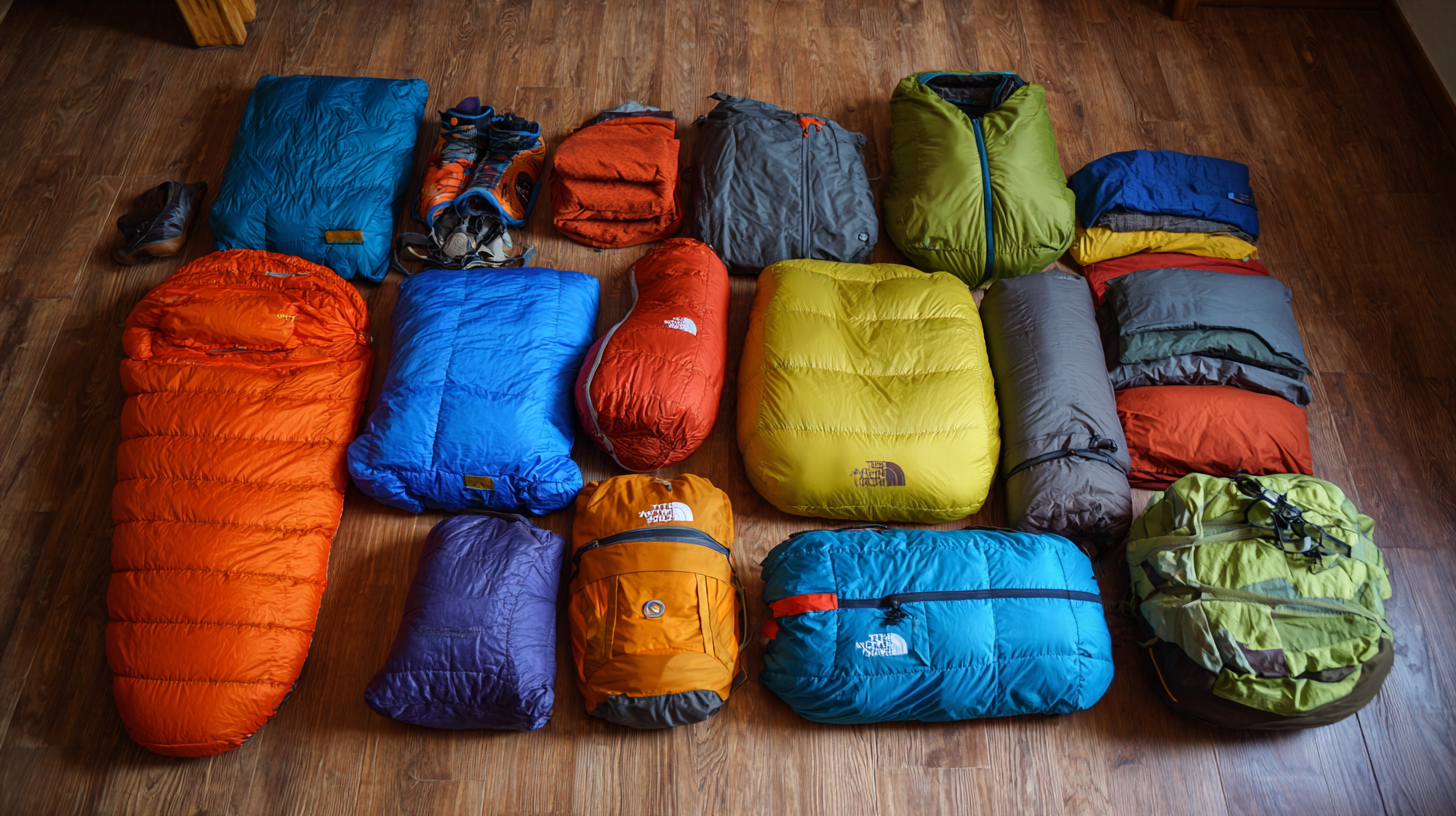 The right sleeping bag can significantly enhance your comfort and rest, impacting your overall experience in the wilderness. An industry report by REI suggests that a well-selected sleeping bag not only provides warmth but can also improve your sleep quality, which is essential for physical performance during adventurous activities.
With numerous options available in terms of insulation, shape, and temperature ratings, navigating through the choices can be overwhelming. This guide aims to simplify the selection process by offering essential tips to help you choose the perfect good sleeping bags tailored for every adventure.
The right sleeping bag can significantly enhance your comfort and rest, impacting your overall experience in the wilderness. An industry report by REI suggests that a well-selected sleeping bag not only provides warmth but can also improve your sleep quality, which is essential for physical performance during adventurous activities.
With numerous options available in terms of insulation, shape, and temperature ratings, navigating through the choices can be overwhelming. This guide aims to simplify the selection process by offering essential tips to help you choose the perfect good sleeping bags tailored for every adventure.
When it comes to selecting the perfect sleeping bag for your outdoor adventures, understanding temperature ratings and insulation types is crucial. According to a report by the American Hiking Society, nearly 30% of campers cite comfort as their top priority, with temperature regulation being a key factor. Sleeping bags are typically rated for various temperatures, indicating the lowest temperature at which a user can expect to remain warm. For instance, a bag rated for 20°F is suitable for colder nights, while one rated for 40°F is ideal for milder conditions. It's essential to choose a bag that suits the weather conditions you'll face to ensure a good night's sleep.
In addition to temperature ratings, insulation type significantly impacts the bag's performance. There are primarily two types of insulation: down and synthetic. A study published in the Journal of Wilderness Research highlights that down insulation is known for its lightweight and compressibility, making it a favorite among backpackers, with a warmth-to-weight ratio about three times better than synthetic options. Conversely, synthetic insulation is often more affordable and performs better when wet, providing a reliable option for damp conditions. Each type has its advantages, and your choice should reflect the specific demands of your adventure, balancing weight, warmth, and moisture resistance.
| Sleeping Bag Type | Temperature Rating (°F) | Insulation Type | Weight (lbs) | Best For |
|---|---|---|---|---|
| Mummy Bag | 20°F | Down | 3.5 | Backpacking |
| Rectangular Bag | 40°F | Synthetic | 4.8 | Car Camping |
| Semi-Rectangular Bag | 30°F | Down | 3.0 | Versatile Trips |
| Elevated Design Bag | 15°F | Synthetic | 5.2 | Cold Weather Camping |
| Ultra-Light Bag | 25°F | Down | 2.0 | Hiking |
When selecting the ideal sleeping bag for your adventures, understanding your specific needs is crucial. The shape and size of the sleeping bag can significantly impact your comfort and warmth during your outdoor experiences. From backpacking to car camping, different activities call for different designs. For instance, a mummy bag is perfect for hikers looking to minimize weight while maximizing thermal efficiency. In contrast, a rectangular sleeping bag offers more space for those camping with family or friends, allowing for easier movement and added comfort.

Additionally, consider your stature and the conditions you’ll face. A standard sleeping bag may not accommodate taller individuals, leading to discomfort on chilly nights. Similarly, if you’re camping in extremely cold environments, a bag with additional insulation and various size options might be necessary. Pay attention to the temperature ratings provided by manufacturers; they can guide you in choosing a bag that suits your adventure, ensuring you stay warm and snug regardless of where your journey takes you.
When choosing the perfect sleeping bag for your adventures, one of the most crucial decisions revolves around the type of material: down or synthetic. Down sleeping bags are renowned for their exceptional warmth-to-weight ratio, making them an ideal choice for backpackers and campers looking to minimize pack weight. They are incredibly compressible, allowing them to fit easily into tight spaces when packed. However, down bags can be more expensive and lose their insulating properties when wet, which may be a vital consideration for wet or humid environments.
On the other hand, synthetic sleeping bags have their own set of advantages. They are generally more affordable and perform better in damp conditions, retaining some insulation even when wet. Synthetic fibers dry quickly and are easier to care for, appealing to those who prioritize durability and convenience. While they tend to be bulkier and heavier than down alternatives, advances in technology have led to lighter synthetic options that are gaining popularity. Ultimately, the choice between down and synthetic sleeping bags depends on personal preference, budget, and the specific demands of your adventure.
When selecting the perfect sleeping bag for your outdoor adventures, certain essential features should be at the forefront of your decision-making process. Zippers, hoods, and storage options are among the most critical elements that can significantly impact your comfort and functionality during a camping trip. According to the Outdoor Industry Association, over 50% of outdoor enthusiasts prioritize zipper quality, highlighting their importance in maintaining warmth and ease of access. A durable, snag-free zipper allows for smooth operation, while features like draft tubes can help prevent heat loss on chilly nights.
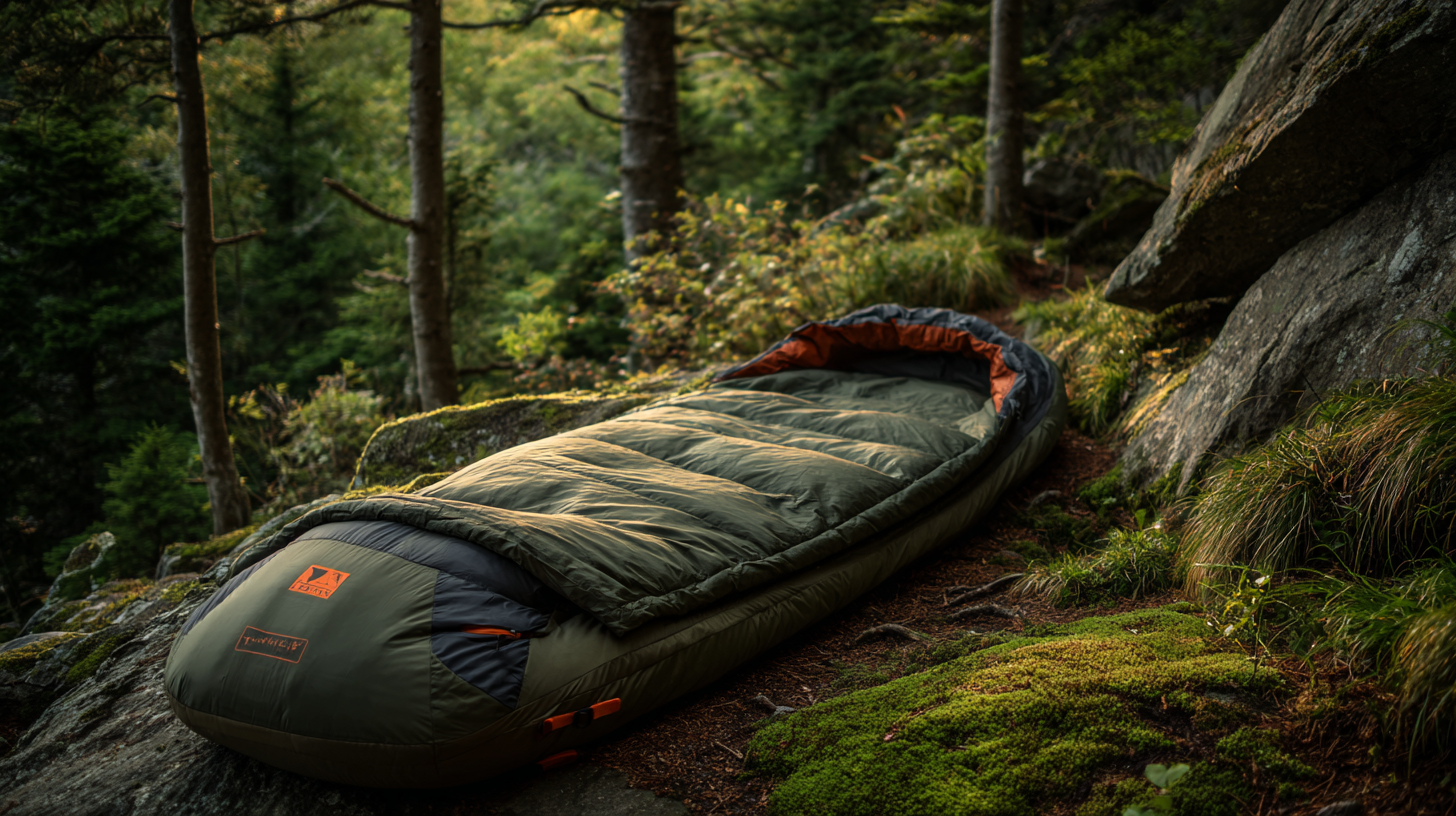 The design of the hood also plays a vital role in a sleeping bag's efficiency. A well-constructed hood can help retain heat, with studies indicating that a properly fitted hood can reduce heat loss by up to 30%. Look for sleeping bags with adjustable hoods that can be cinched down for a snug fit, ensuring warmth on cold evenings. Additionally, many modern sleeping bags now include storage options like internal pockets or compression sacks, which enhance convenience and organization. A 2022 report by North Face emphasized that storage features are a frequent consideration for 67% of campers, demonstrating a clear trend toward practicality in design. These attributes collectively ensure that your sleeping bag will provide comfort, warmth, and convenience for any adventure you embark upon.
The design of the hood also plays a vital role in a sleeping bag's efficiency. A well-constructed hood can help retain heat, with studies indicating that a properly fitted hood can reduce heat loss by up to 30%. Look for sleeping bags with adjustable hoods that can be cinched down for a snug fit, ensuring warmth on cold evenings. Additionally, many modern sleeping bags now include storage options like internal pockets or compression sacks, which enhance convenience and organization. A 2022 report by North Face emphasized that storage features are a frequent consideration for 67% of campers, demonstrating a clear trend toward practicality in design. These attributes collectively ensure that your sleeping bag will provide comfort, warmth, and convenience for any adventure you embark upon.
Ensuring the longevity and performance of your sleeping bag is crucial for every adventurer. Proper care not only extends the life of the gear but also maintains its warmth and comfort. According to industry reports, regular maintenance can enhance a sleeping bag's insulation efficiency by up to 20%, making it a worthwhile investment for outdoor enthusiasts.
Tip: Always store your sleeping bag uncompressed in a cool, dry place. Long-term compression can damage the loft and insulation, reducing its effectiveness. Additionally, check the care label for specific washing instructions. Most sleeping bags can be washed in a front-loading machine on a gentle cycle using a mild detergent. Using a dryer on low heat with a few clean tennis balls can help restore the bag’s loft.
Another crucial aspect of maintenance is to avoid using fabric softeners and bleach, as these can break down the fabric and insulation. It's recommended to wash your sleeping bag at least once every season or after several trips, depending on how sweaty or soiled it gets. Keeping your sleeping bag clean is essential for a good night's sleep and ensures that you’re ready for your next adventure.

